Royal Enfield have finally supplied what their loyalists have been demanding. The 650 Twins are now more appealing than ever.
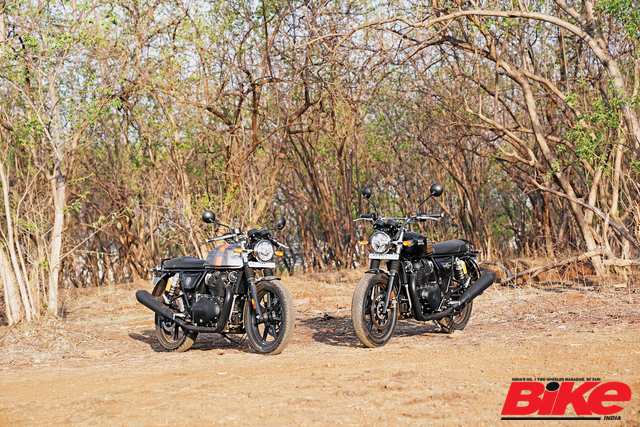
The Royal Enfield 650 Twins changed the Indian market—and left a mark on overseas markets as well—by making the middleweight segment more accessible to a large number of motorcyclists. Predictably, Royal Enfield rode a huge wave of popularity when these motorcycles were launched. That wave could have been a lot higher if cast alloy wheels were an option. It took a few years for that to materialize, but they are finally here in a new variant along with a few updates.
Although not much has changed with the general styling of both motorcycles, the addition of cast alloy wheels is the most noticeable element in this variant. The shapes and proportions of both motorcycles remain the same but the visual interpretation of the package has changed. The engine and the exhaust system have been finished in black and there are new colours as well; two dark paint schemes for the Interceptor while the Continental GT gets a dark colour and a light shade. A closer look will also reveal that the halogen headlight has been replaced with an LED unit that was introduced on the Super Meteor, though, unlike the Super Meteor, these miss out on the adjuster mechanism. Nevertheless, illumination is significantly better now.
Although Royal Enfield’s Tripper Navigation is rumoured to make an appearance on the 650 Twins, it was not part of this update. The layout of the instrument cluster has been left untouched through the years and, personally, I feel it complements the motorcycles’ retro-modern appeal the best. No changes have been made in the shape or position of the handlebars but their feel and function have changed. The old grips, switchgear, and levers have been replaced with ones inspired by the Super Meteor. The new levers are chunky and span-adjustable and they noticeably improve the Twins’ convenience and functionality. Furthermore, Royal Enfield have also found room for a USB-A charger under the left side of the handlebar.
The 647.95-cc, in-line, twin-cylinder engine remains mechanically unchanged but it is now OBD2 compliant. As compared to its predecessor, its 47.5 hp is developed 100 rpm later at 7,250 rpm while the peak torque of 52.3 Nm arrives 100 rpm earlier at 5,150 rpm. It continues to be mated to a six-speed transmission. As before, linear power delivery, usable torque, and refinement all continue to be aspects that I appreciate about this motor. The only noticeable change on that front was the amount of heat it generated in traffic. It could be due to the engine’s new all-black treatment or it could just be the effect of Pune’s hot summer. Can’t put my finger on it without riding one of the other variants back-to-back.
The suspension and braking departments receive no updates and they return the same levels of comfort and deceleration respectively. The Interceptor continues to be offered with CEAT tyres but the Continental GT has been upgraded to Vredestein Centauro ST sport-touring rubber and they do an admirable job of providing usable and predictable levels of grip in town.
Time to address the elephant in the room: the new cast alloy wheels. I was expecting a reduction in unsprung weight and looking forward to reaping the benefits of improved handling on a nice winding road but they weigh the same as the spoked wheels. Subsequently, the handling also remains the same which is hardly a grouse because the Twins have proved beyond doubt that they are capable motorcycles on the road and even on the racetrack. On the bright side, cast alloy wheels are still significantly easier to maintain and that is what most of the customers really wanted. Furthermore, being more rigid than spoked wheels, the cast alloy ones relay greater levels of front-end feel and feedback to the rider. However, it does seem like an opportunity that could have been utilized better to improve the handling of the 650 Twins.
Labelled the “Alloy” variant, these are now the second most expensive models in their respective line-ups, just below the Chrome options. The Interceptor costs Rs 3.21 lakh while the Continental GT is priced at Rs 3.39 lakh (ex-showroom).
Also Read: Bimota TESI H2 Carbon First Ride Review

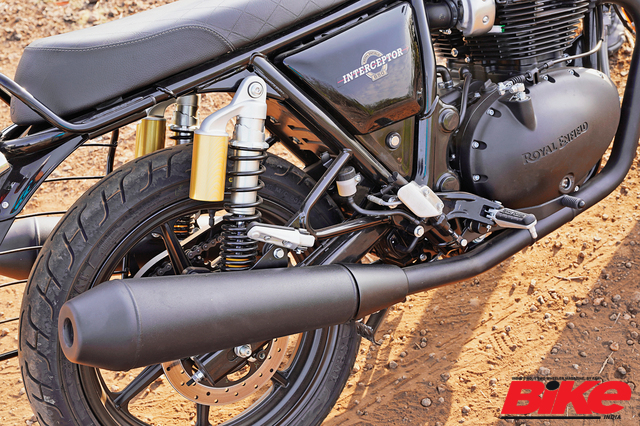

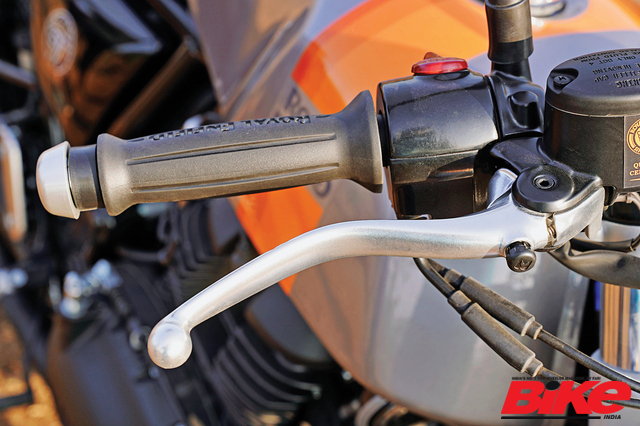
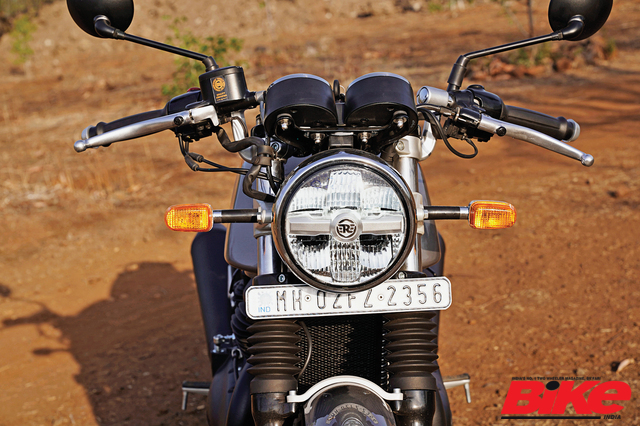
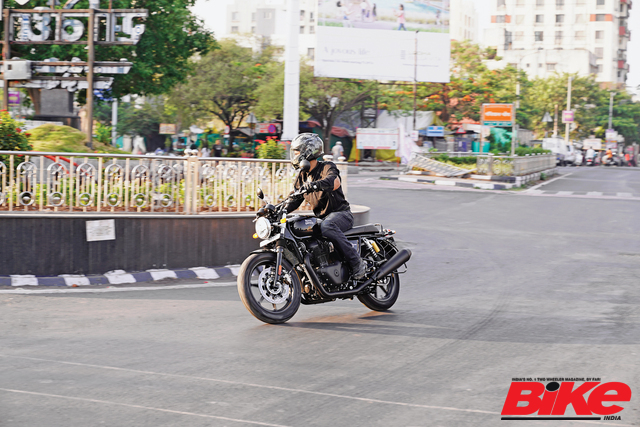
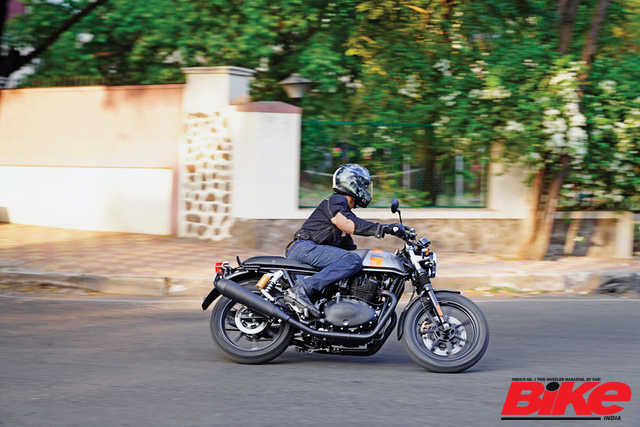

Leave a Reply